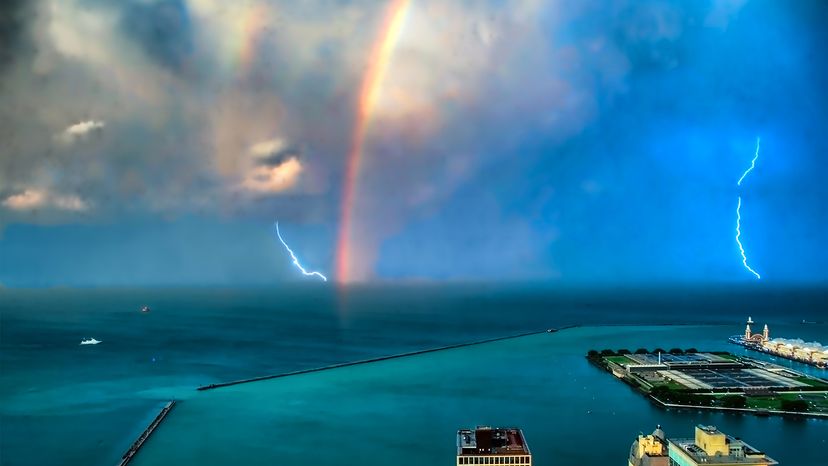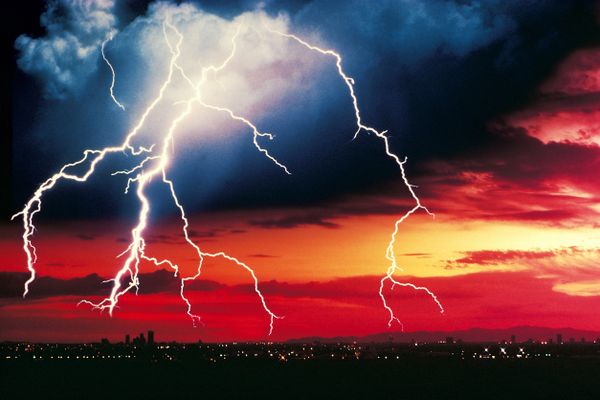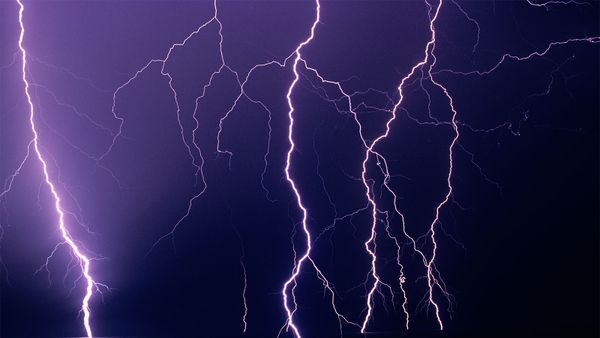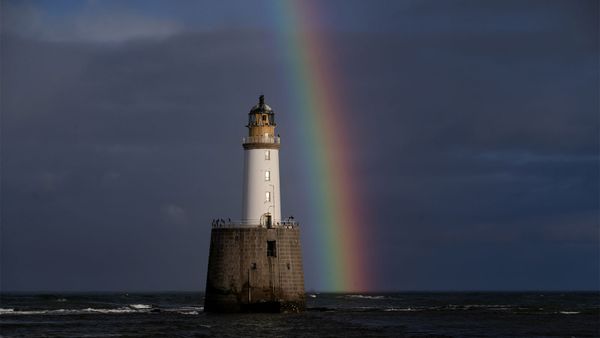
Key Takeaways
- The rainbow lightning phenomenon is a rare meteorological event that combines the colorful display of a rainbow with the dramatic appearance of lightning.
- For this phenomenon to occur, specific atmospheric conditions must align, including the presence of water droplets in the air and the appropriate positioning of the sun relative to the observer.
- Rainbow lightning showcases the intricate interplay between light, water and atmospheric phenomena.
He'd spent seven years looking for the perfect shot. Then with the click of his camera one magical evening, he finally nailed it. Greg McCown is a photographer, storm chaser and native of Tucson, Arizona. On Aug. 8, 2015, near the town of Marana, Arizona, McCown took a picture that's since become world-famous. Titled "Lucky Strike," his photo shows a jagged bolt of lightning dance across a desert rainbow. What a dramatic combination. (See his image in the tweet below.)
It's unusual to see those two meteorological phenomena occur in the same place at the same time. And photographing them side-by-side is often extremely difficult. Lightning and rainbows can happen simultaneously, but the weather conditions must be perfect — and to capture it on camera, you have to be there, facing the right direction at the exact right time.
Advertisement
Advertisement


